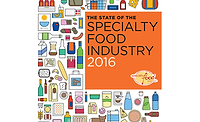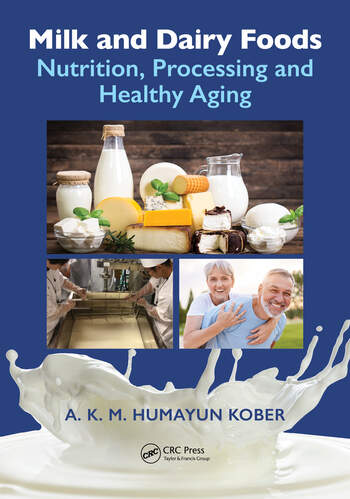TECH FLASH
Survey: Specialty foods go mainstream
A recent L.E.K. Consulting study shows 80 percent of consumers are committed buyers of specialty food products.

They may come at a higher price point, but specialty foods are making their way into many consumers’ shopping carts. According to a recent L.E.K. Consulting study, specialty foods have gone mainstream, with more than 80 percent of survey respondents indicating they are committed buyers of at least one specialty food category. With this shift in consumer preferences, L.E.K. says big food and beverage manufacturers will need to adapt in to compete in this segment or risk their window into the category.
“The movement in consumer food buying preferences has significant long-term ramifications,” says Manny Picciola, managing director and leader of L.E.K.’s food & beverage practice. “More than half of those surveyed said they would be willing to pay a premium for specialty foods. Companies that quickly figure out how to meet consumer demand for more specialty food options will outperform those that are slow to react.”
To understand what motivates their preferences, L.E.K. asked consumers what influences their purchases, how committed they are to buying specialty foods and to what extent they are willing to pay more for these products. For the purpose of the study, specialty foods included current trending products on the shelves such as natural, non-GMO, gluten-free and enhanced food products.
Researchers found consumers are rejecting processed foods heavy on salt, sugar and perceived unhealthy ingredients, but crave foods that are natural, fresh and rich in protein. In addition, L.E.K. says more consumers are using food choices as a way to express their identity and believe their choices are a reflection of their beliefs and how others perceive them. Today’s consumers actively stay on top of food trends, read blogs and watch cooking shows. These consumers also enjoy the social benefits their specific food choices bring them and admire people who eat food that has dietary, nutritional or ethical benefits.
“As our study shows, big food and agribusiness must change to meet consumer demand, but change won’t be easy, as major food producers have built their businesses around conventional ingredient supply chains with scale economics,” says Peter Walter, managing director and leader of L.E.K.’s agribusiness practice. “Moving into specialty markets such as organic, cage free or non-GMO will require overhauling or rebuilding supply chains, launching or acquiring new brands, and determining how to optimize the economics of both conventional and specialty food supply chains.”
Some major food companies are buying their way into the specialty market through strategic acquisitions. While L.E.K. believes this is one answer, it is not the whole solution. As demand for the small, but best, specialty food makers continues to rise, the purchase deals are becoming increasingly costly.
“Whether food manufacturers alter their product mixes through internal expansion or acquisition, they increasingly will need to establish alternative supply chains of organic, sustainable and other specialty ingredients to meet growing demand,” the researchers wrote.
According to the study, big food must answer these four questions:
-How will growers, producers and consumers share the higher costs of specialty foods?
-Will specialty foods provide the same profit margins big food has come to expect from branded, packaged foods?
-How will consumer spend change across food and retail segments?
-How much should companies spend to develop new supply chains that use organic fertilizers rather than chemical ones, and how fast can these supply chains be brought on board?
The study, “Beyond Organic: The Revolution in Consumer Food Expectations,” can be read here.
Looking for a reprint of this article?
From high-res PDFs to custom plaques, order your copy today!







